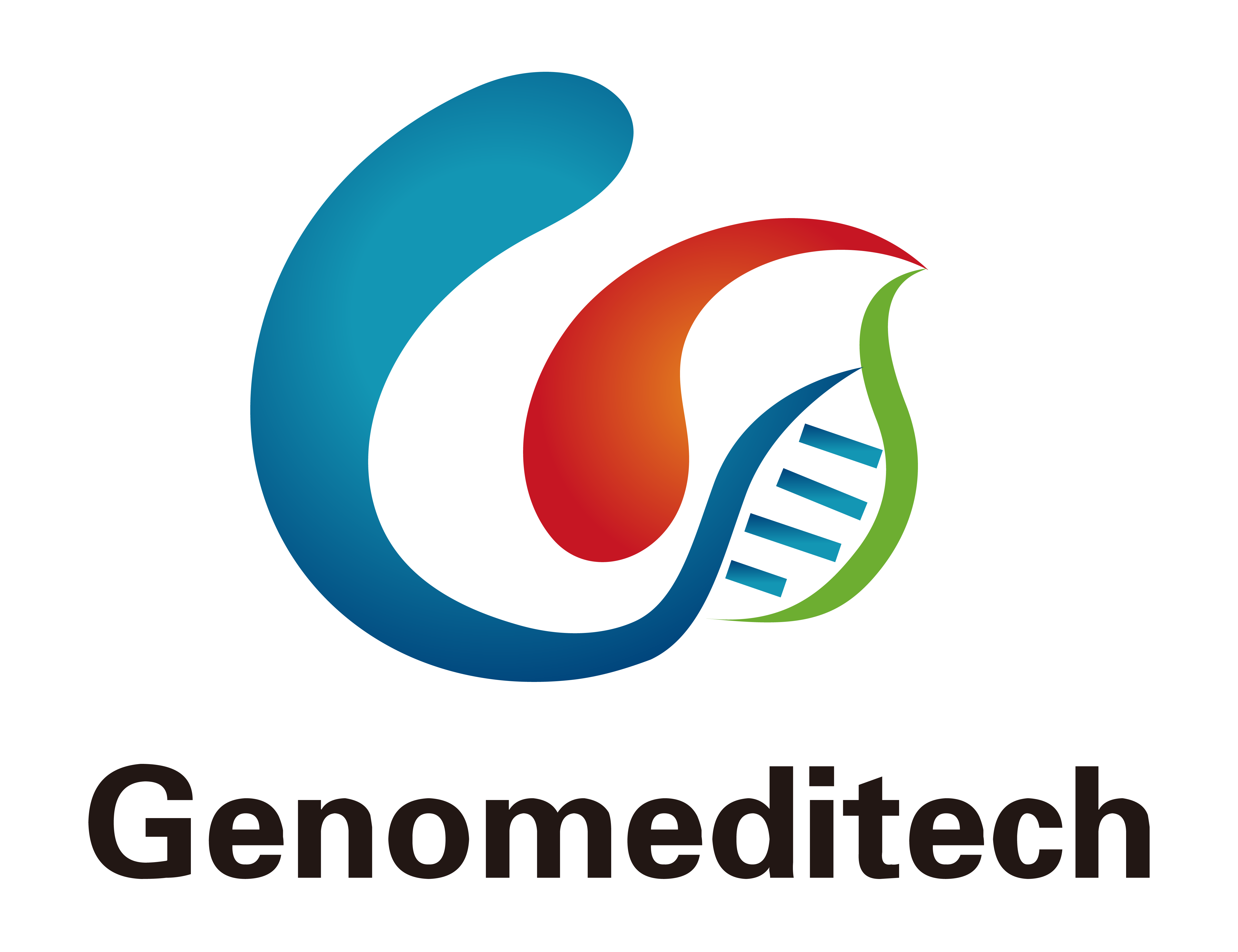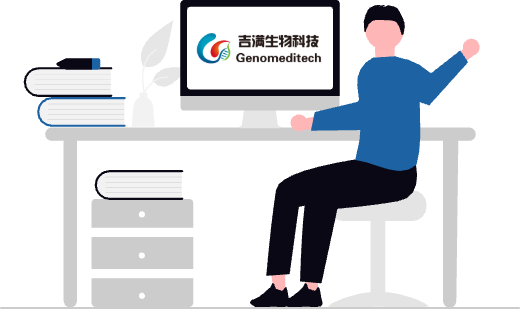ACVRIIA and ACVRIIB
ACVRIIA (Activin Receptor Type IIA) and ACVRIIB (Activin Receptor Type IIB) are Type II receptors of the TGF-β superfamily. They primarily mediate the signaling of ligands such as Activins, Myostatin (GDF8), and GDF11.
1. Ligand Binding
ACVRIIA and ACVRIIB are key receptors in the Activin and Myostatin signaling pathways of the TGF-β superfamily. They can bind to various ligands, including:
Activin A/B: Regulates cell differentiation, reproductive functions, and immune responses.
Myostatin (GDF8): Inhibits muscle growth.
GDF11: Involved in embryonic development, tissue regeneration, and metabolic regulation.
2. Signaling Mechanism
As Type II receptors, ACVRIIA and ACVRIIB bind to ligands and recruit Type I receptors (e.g., ALK4, ALK5).
Activated Type I receptors phosphorylate SMAD2/3, initiating the canonical SMAD signaling pathway.
Downstream signaling regulates gene expression, influencing cell proliferation, differentiation, and metabolism.
3. Functional Roles
Muscle Growth Regulation:
Myostatin inhibits the proliferation and differentiation of muscle cells through ACVRIIA and ACVRIIB.
Blocking ACVRIIA and ACVRIIB signaling can counteract Myostatin's effects, promoting muscle growth.
Bone Development:
Activins and GDF11 regulate bone formation and remodeling through ACVRIIA and ACVRIIB.
Metabolic Regulation:
ACVRIIA and ACVRIIB are involved in regulating fat metabolism and glucose homeostasis.
Genomeditech provides functional cell lines, overexpression cell lines, proteins, and antibodies related to ACVRII target. These resources support the activity validation of drugs targeting the TGF-β superfamily. Such tools enable researchers to better evaluate and optimize the development of TGF-β superfamily-related drugs, advancing their application in immunotherapy.
















